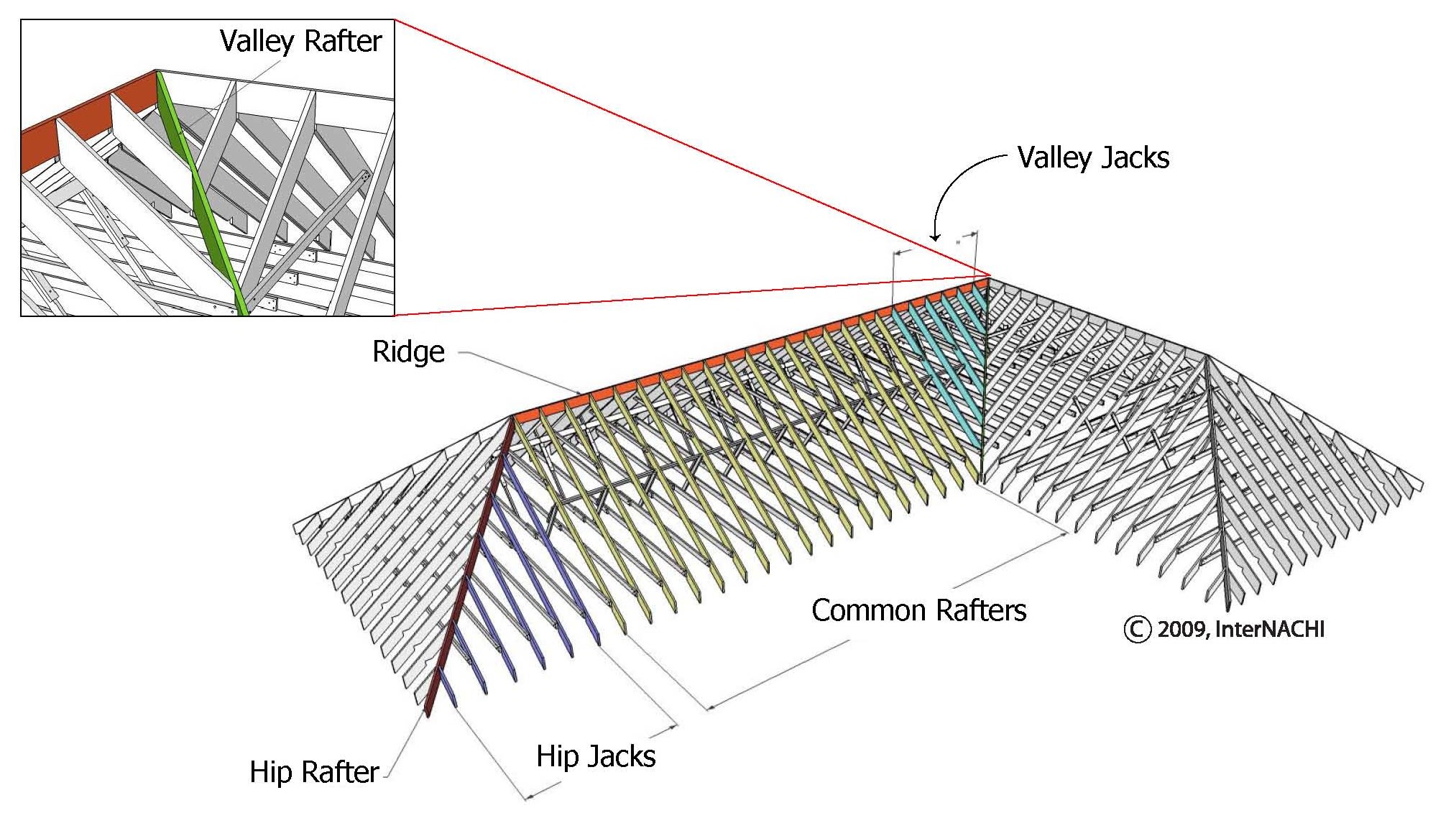

Compass rafter: A rafter curved or bowed on the top (the top surface of a rafter is called its "back") or both the top and bottom surfaces. Auxiliary (cushon, compound, secondary, sub-) rafter: A secondary rafter below and supporting a principal rafter. (Also called major/minor, primary/secondary). A "principal/common rafter roof" or "double roof" has both principals and commons. Common rafter (minor rafter): being smaller than a principal rafter. Principal rafters are sometimes simply called "principals". Sometimes the top cord (uppermost member) of a truss looks like a principal rafter. Usually the purpose of having a larger rafter is to carry a purlin which supports the rafters in each bay. Principal rafter (major rafter, rarely a chief rafter): A larger rafter. The projecting piece on the gable of a building forming an overhang is called a lookout.Ī rafter can be reinforced with a strut, principal purlin, collar beam, or, rarely, an auxiliary rafter (see below). Ī piece added at the foot to create an overhang or change the roof pitch is called a sprocket, or coyau in French. It is necessary always to order this special bill of rafters direct from the mill, and the result will be that the extra cost will, nine times out of ten, overbalance the amount saved." John Muller also discussed a one-sixth taper for rafters. There is an additional labor in sawing such rafters, as well as a different calculation to be made in using up a log to the best advantage. 
Architect George Woodward discusses the purpose of this in 1860: "The same amount of strength can be had with a less amount of lumber. Historically many rafters, including hip rafters, often tapered in height 1/5 to 1/6 of their width, with the larger end at the foot. Later, principal rafters and common rafters were mixed, which is called a major/minor or primary/secondary roof system. The earliest surviving roofs in Europe are of common rafters on a tie beam this assembly is known as a "closed couple". There are many names for rafters depending on their location, shape, or size (see below). In recent buildings there is a preference for trussed rafters on the grounds of cost, economy of materials, off-site manufacture, and ease of construction, as well as design considerations including span limitations and roof loads (weight from above). Exposed rafters are a feature of some traditional roof styles. In home construction, rafters are normally made of wood.

#The rafter series
A rafter is one of a series of sloped structural members such as wooden beams that extend from the ridge or hip to the wall plate, downslope perimeter or eave, and that are designed to support the roof shingles, roof deck and its associated loads.







 0 kommentar(er)
0 kommentar(er)
